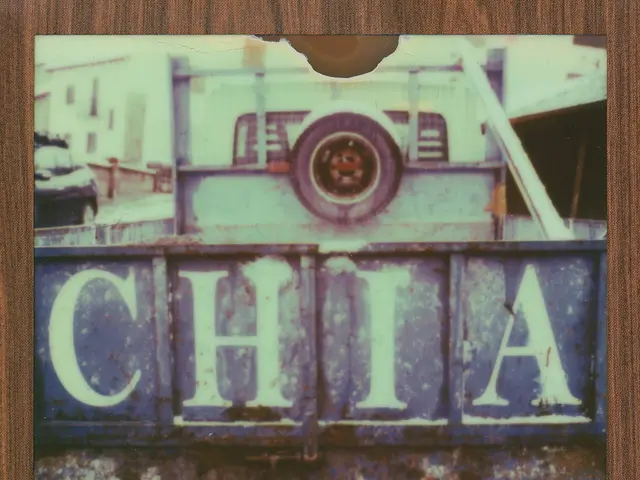Thyssenkrupp post-sale numbers: Where do they go from here?
Thyssenkrupp, the German conglomerate with the WKN 750000, has been experiencing a downturn in recent weeks, as reported by financial analysts. However, a bright spot has emerged in the company's marine division, which appears to be the main driver behind Thyssenkrupp's stock rebound at the start of this week.
The marine business has been benefiting Europe's defense spending, providing a crucial source of revenue for Thyssenkrupp. Despite the company's adjusted EBIT being slightly below expectations and a negative surprise in free cash flow, the strong market environment for defense stocks has contributed to the stock's rebound.
Deutsche Bank analyst Bastian Synagowitz made minor adjustments to his forecasts for Thyssenkrupp up to 2027, with his price target for the company remaining at nine euros, just above the current level. Synagowitz's rating for Thyssenkrupp remains unchanged at "Hold".
The marine division's strong order intake provides grounds for optimism, particularly in light of the planned Initial Public Offering (IPO) for Thyssenkrupp Marine Systems (TKMS) later this year. A positive trend for TKMS is crucial due to the planned IPO, as it aims to uncover hidden values in the coming weeks.
However, Thyssenkrupp still faces challenges, with cash flow problems remaining a significant issue. The restructuring of steel operations continues to be a headwind for the company. There is no immediate pressure for a re-entry after the stock was stopped out, but the rebound at the start of the week suggests a positive outlook.
Meanwhile, another German company, Ottobock, is planning an IPO later this year. The medical technology leader aims for a valuation of around 6 billion euros and plans to bring 25 to 30 percent of its shares to the market between late September and mid-October 2025.
In conclusion, while Thyssenkrupp faces challenges, the resilience of its marine business offers a glimmer of hope. The planned IPO for TKMS could drive the stock and uncover hidden values, but the company must address its cash flow issues and continue the restructuring of its steel operations to ensure a sustainable recovery.








